The Jimny is a utility vehicle designed for rural life, but is also a favourite of fashionable urbanites. Here I explain why I think its a Japanese Design Icon.
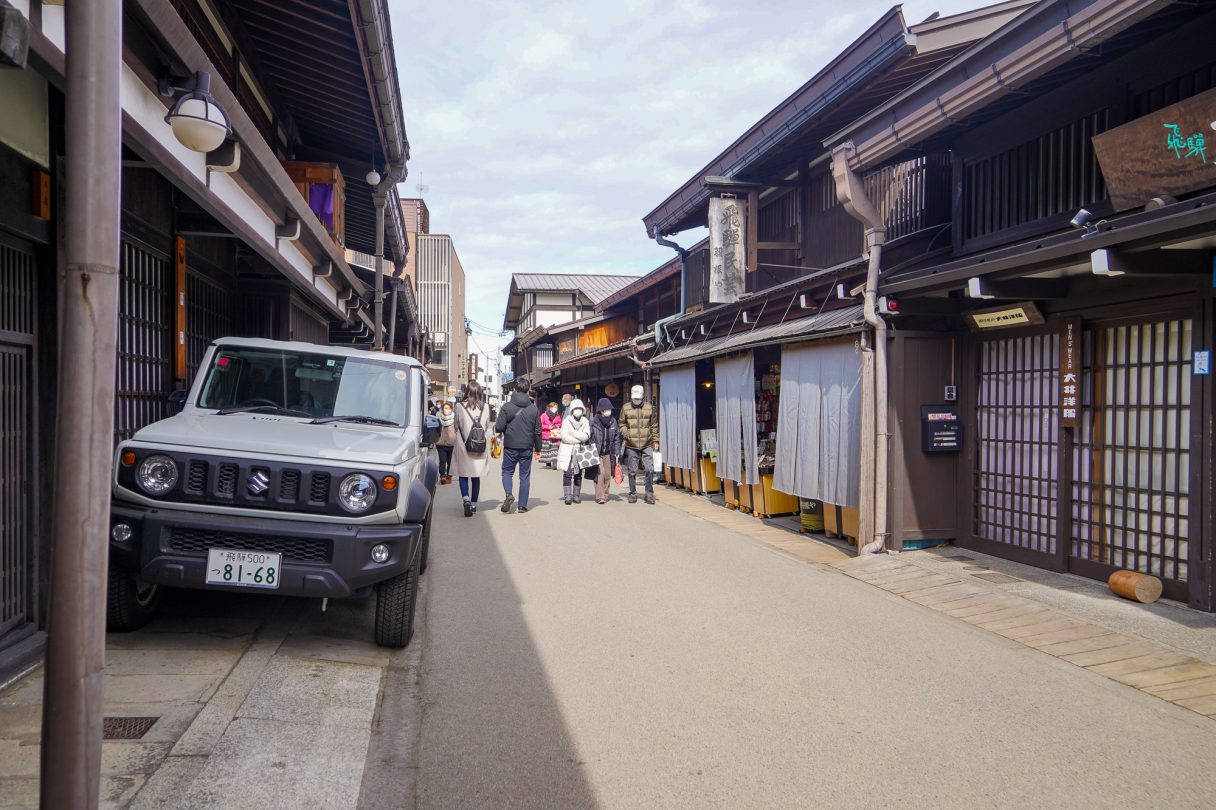
I have long been a fan of the Suzuki Jimny, in fact, of most square and functional cars including –first generation Fiat Panda, first generation VW Golf, early Land Rovers and many 70’s – 80’s European saloon and hatchbacks. At the same time soft shaped, functional cars – early Mini, VW Beetle, Fiat 500 etc are all great and I have been lucky enough to own and love a few of these.
To be clear what I don’t like is a compromise. Its either a square Or a circle for me ! The day 3d surfacing tools were allowed into car design studios was a dark one for my love of cars. This is not to say I don’t love driving my VW. Modern cars are superior, safer, more economical and nicer to drive, just personality wise they are a bit well – blah.
In this sea of blah, the Jimny ticks a lot of boxes. Launched in 1970 with two lines sharing the same body – a smaller engine for the Japanese more restrictive ‘Kei car’ market, and a bigger engine for less restrictive parts of Japan and overseas. It’s a utility vehicle designed for rural life, but is also a favourite of fashionable urbanites.
In rural Japan you will see them with back seats flat, full of vegetables, animals and construction kit. If you wander around Tokyo, Kyoto more fashionable suburbs you will see them ‘tricked out’ and replete with camping and surfing kit – all suspiciously clean.
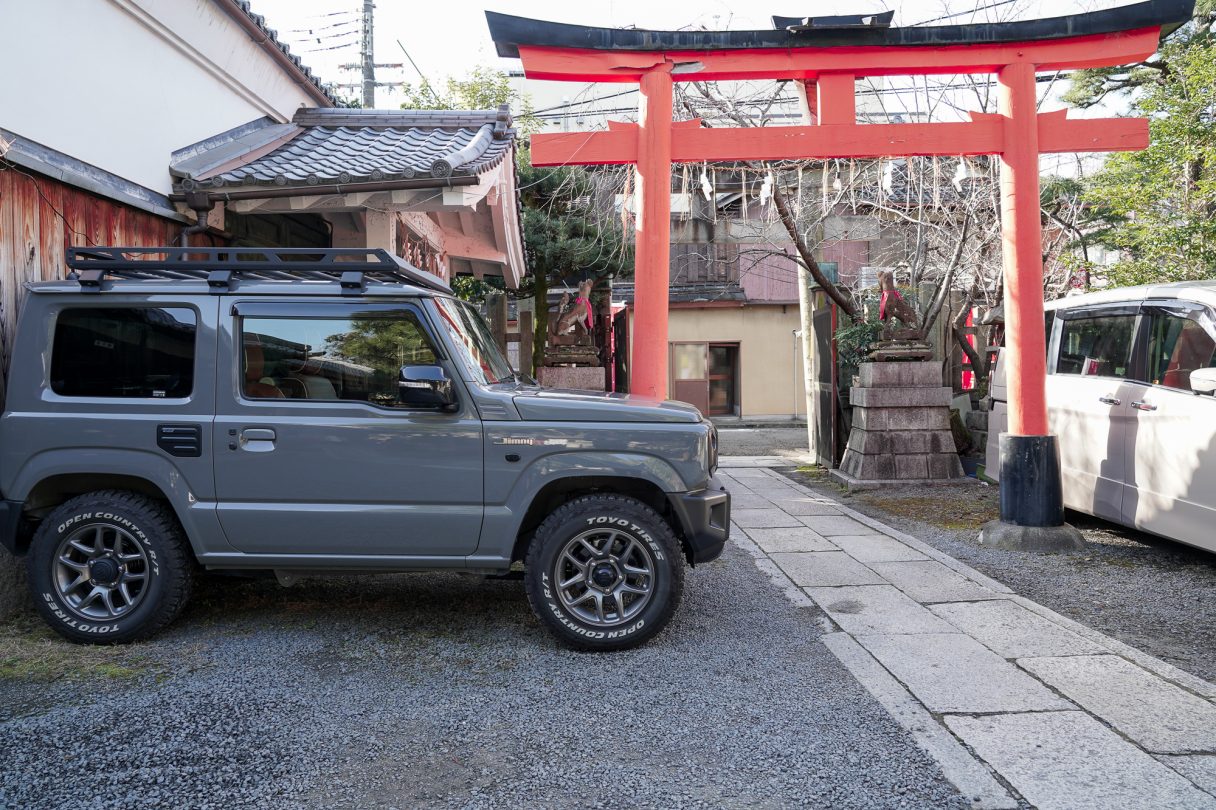
Up until 1998 the Jimny followed the same boxy format until it went through an ugly period, when they ‘tried to design it!’ Theres one of these parked down my street in London…the less said about this period the better. So to my delight in 2018 they launched the JB74 and JB64 models. I first saw these parked outside the anonymous looking Suzuki Tokyo design office in Shinbashi (my Tokyo life stomping ground). The design is now back on track and in my opinion very handsome. But theres more to it than just being a nice car. The Jimny references the American Willys Jeep and the Land Rover Series 1, but is redrawn for Japanese consumers and the landscape of Japan.
It’s a design icon, emblematic of Japan and Japanese culture
I have designed for the Japanese market for three decades and the first thing you learn is products have to be compact. Japan is a small country with a huge population, mostly in urban areas. The result is, life in Japan is space deprived so products need to be compact, preferably perform more than one function and have an incredible attention to detail.
A simple example I like to use is the paper back book. Small right ? Fits into your bag etc. In the context of Japan, not quite small enough. Look closely and you will see a paper back novel is often broken into smaller volumes, so that while commuting you occupy less space and don’t irritate your fellow commuter.
Similarly, the Jimny is super compact to fit narrow rural and urban Japanese roads and is designed for a range of drivers needs – farming, camping, commuting or cruising downtown Tokyo. It can turn 360 in 4.9m, is 3.5m long, 1.6m wide and 1.7m tall, weighs just over 3000kg and is designed to carry 4 people and their luggage. It has full flat seats for those who want to car camp, have a snooze or carry the dogs and from a 4×4 viewpoint, the Jimny is like a mountain goat !
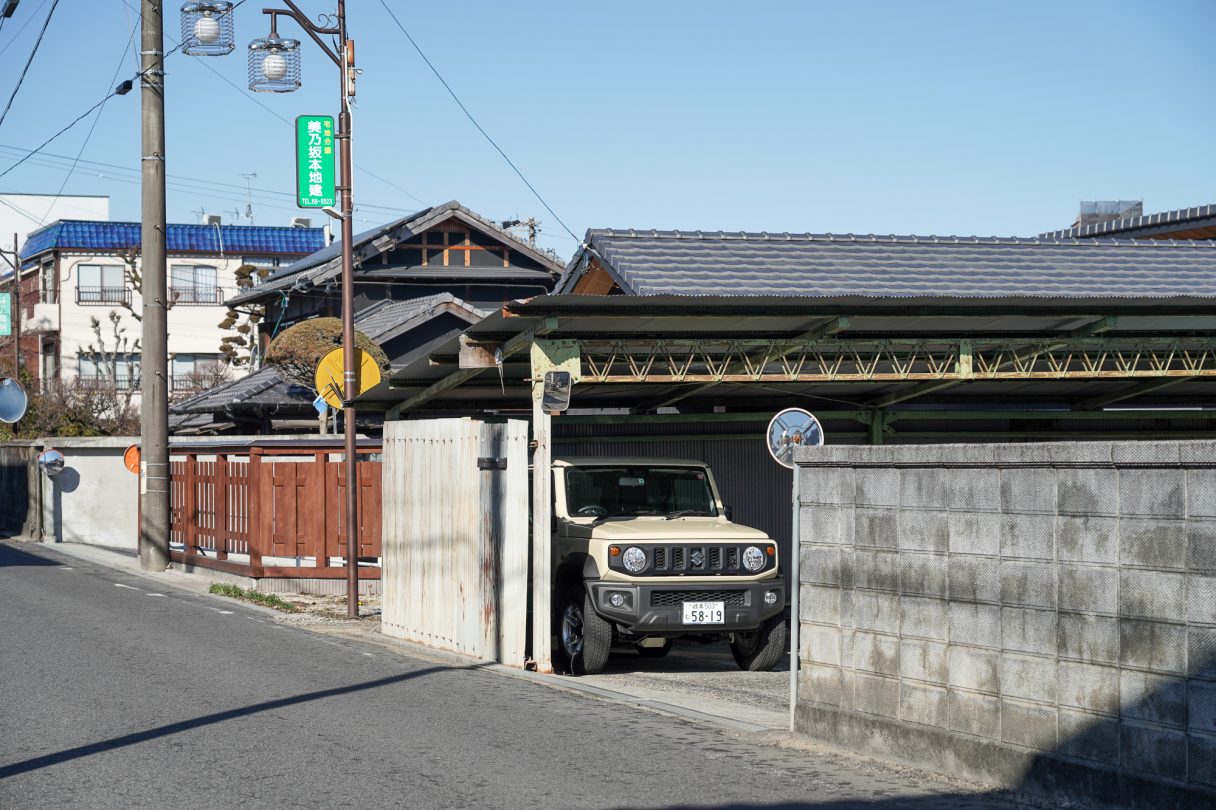
As a designer, I love this absolute focus on need. But it’s not just need. Theres also desire. Like most product categories in Japan, the current line of Jimny’s has a bewildering accessory range, from surface decals, wheel upgrades and all the usual dealer stuff, to camping, snow board racks, camouflaged interior inserts, drive cameras, footwell illuminations, Pioneer and Kenwood sound systems etc, for an obsessive like me (and quite a few others I suspect) this ability to keep falling in love with the car is marvellous.
I recently visited an independent model shop in Hida Takayama, called Aladdin. I was in search of Jimny’s. It was almost closing time, and the evening model enthusiasts (kids and adults) were upstairs noisily fine tuning their scale race cars for the evening duel. I got speaking to the owner about my love for the Jimny. She happened to be reading the local paper and showed me the Suzuki dealer spread with the full range for sale – shockingly they are only around £15,000 new, in the UK they are currently £25-30,000 for a used one, that’s if you can find one. If only I was a savvy business man…
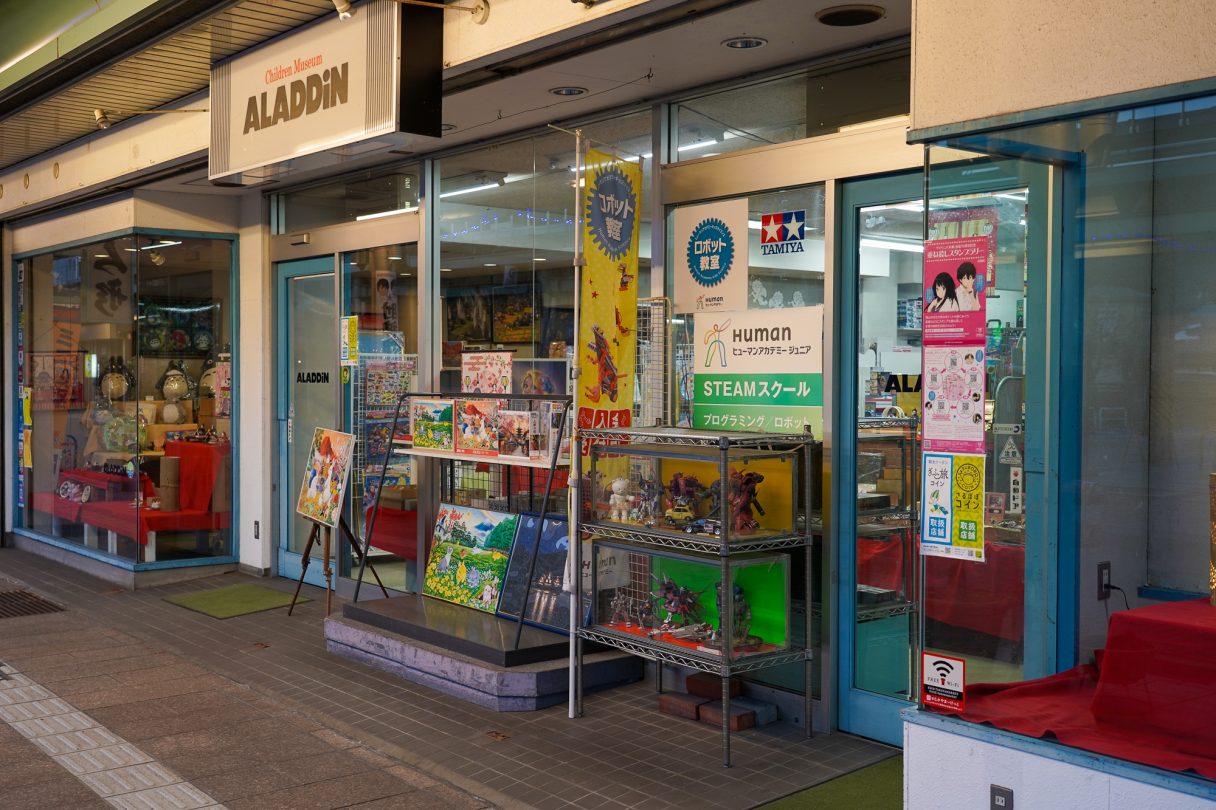
As we chatted she explained how in that part of rural and mountainous Japan where there is little or no public transport, a household will need a car for each working adult. And preferably one which can handle steep, narrow lanes and snow at a decent price, hence the apparent 18 month waiting list for a new Jimny. No wonder every other car seems to be a Jimny in that part of Japan.
Not wanting to come home empty handed I finally bought a Jimny… just a 1/57th model that I could fit in my suitcase, but a Japanese Design Icon nonetheless.
As I write this, staring at my scale model, my next step is to persuade one of my Japanese clients to pay me with a Jimny. So, best client ever (or Suzuki) if you are reading this – my bag is packed, just give me a call I will come and choose the accessories and evangelise this wonderful car whenever you like.
RELATED
-
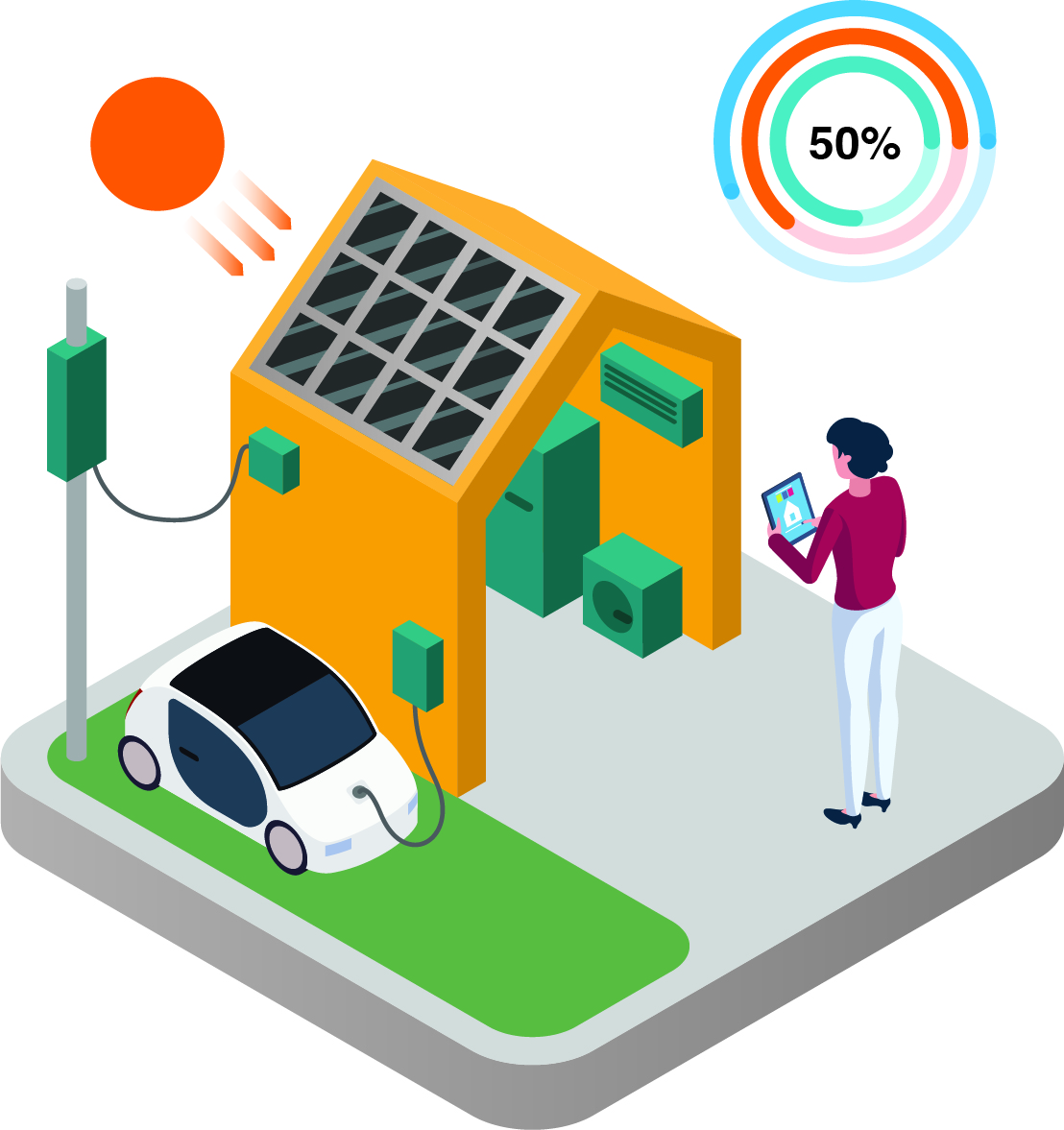
Denso – Mobile Future 2035
The goal of this Cloud Powered Mobile Future 2035 project was to communicate Denso’s vision of the transportation landscape. Using AI to facilitate; demand prediction, real time monitoring, near miss forecasting and other user focused services.
-
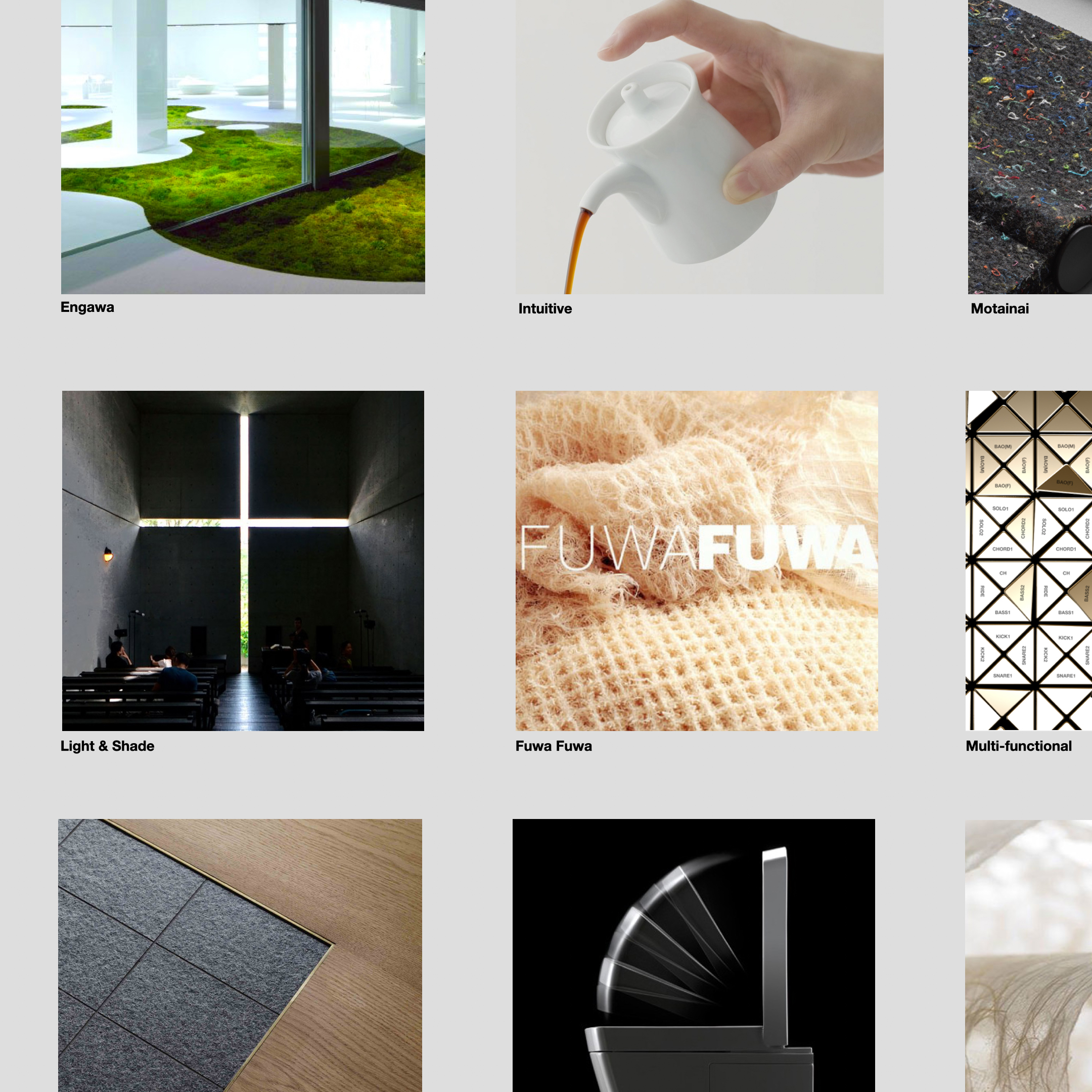
Nissan – The Essence of Japan
Using our tacit knowledge of Japanese culture, alongside research, workshops, lectures and visual materials, we worked with NDC London to uncover ‘The Essence of Japan’.
-
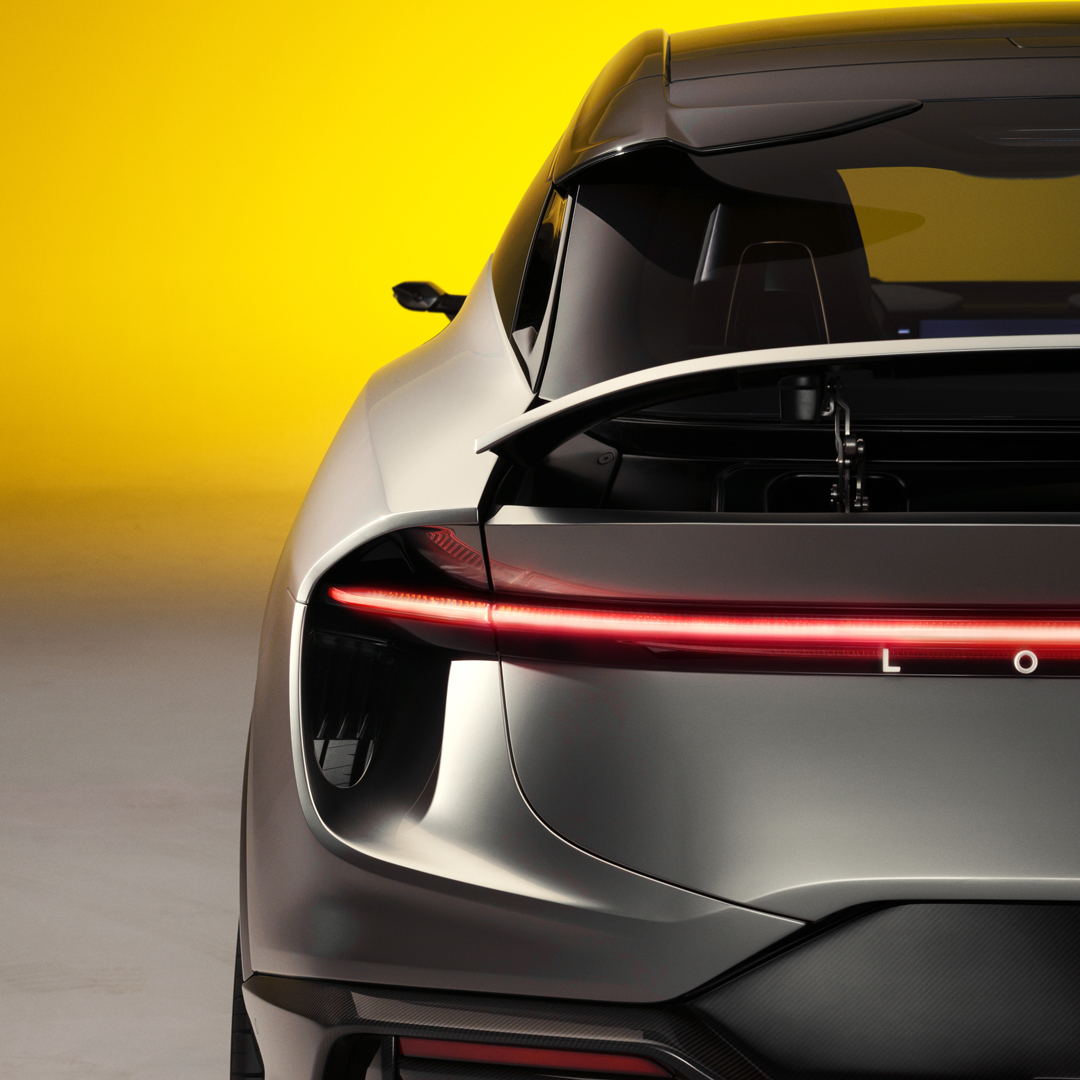
Lotus – Future Tech
We are working as internal consultants at the Lotus Creative Centre, directing a wide range of vehicle related projects including handheld devices, robotic autonomous vehicles, 4×4 accessories, E-bikes & scooters and much more.